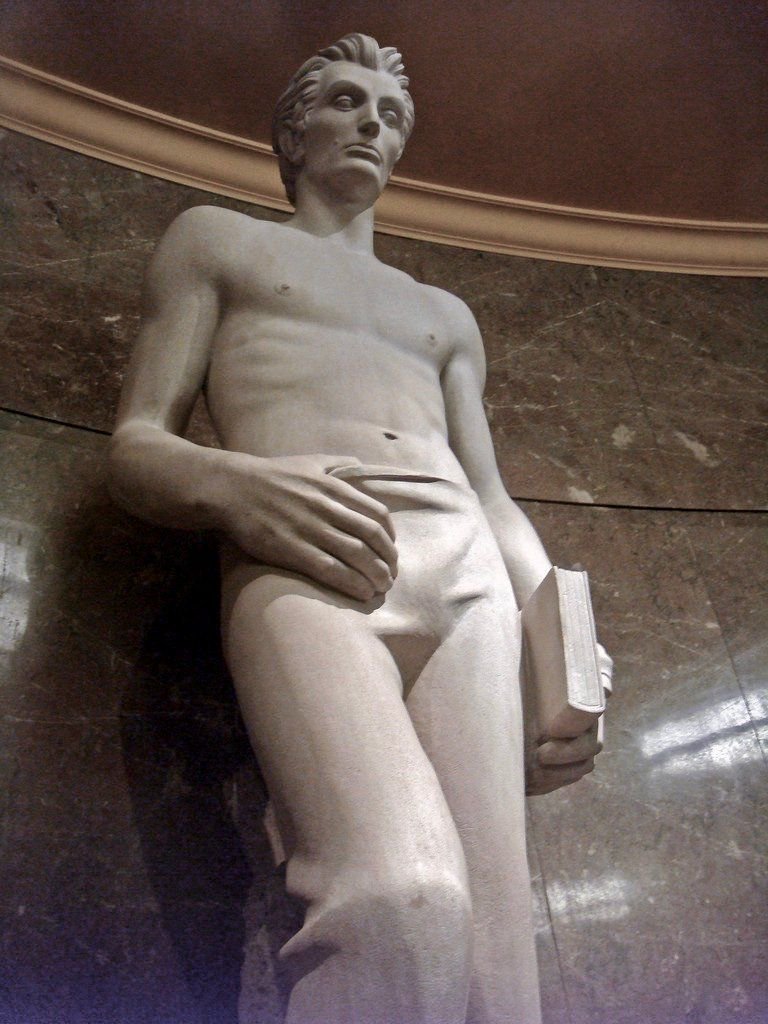The “camp followers” are an aspect of the war that don’t get a lot of press. Along with women offering different kinds of comfort (ahem), there were wives and – in this case – sometimes children accompanying their loved ones behind the armies. This is a pretty astonishing story!
“She got a notice from the commander of her husband’s troop. They were in Cape Girardeau, and he had fallen ill,” Ellis said. “They wanted her to come down there and nurse him back to health.”
It was unusual, Ellis said, but in those days there was no easy way of transporting soldiers who were sick or injured back home to their families. Sholley left her 3-year-old daughter with her mother, but put her 3-year-old son on the back of a horse with her and rode to Cape Girardeau to nurse her husband back to health.
“She did such a good job that the captain of the outfit asked her if she’d stay on and be a nurse for them,” Ellis said. “This was in the day when you didn’t have to have training to be a nurse, you just did the best you could. And so she did.”

